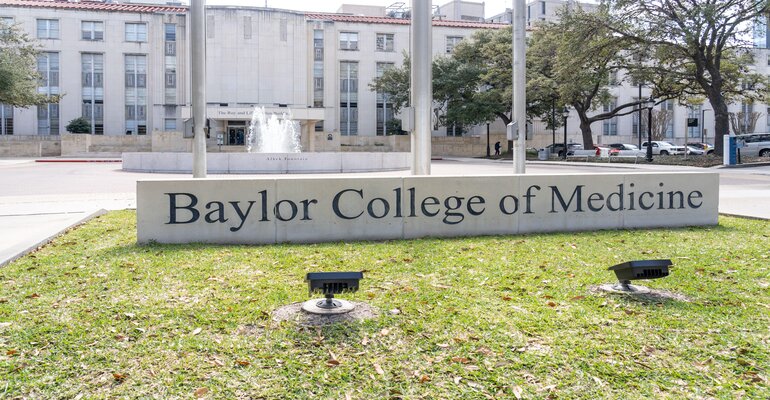Baylor College Develops Fast Method to Visualize Organs
Studied technology could provide a cost-effective and quicker way to visualize whole organs.
October 21, 2022

Tissue clearing, a technique which allows for 3D imaging of tissues, has been updated with a new method developed by researchers at Baylor College of Medicine. The technology, called EZ Clear, can allow for transparency of tissues while in a living organism.
EZ Clear can provide visualization of whole organs, according to the researchers at Baylor’s Optical Imaging and Vital Microscopy Core (OiVM). Their work was published in a recent paper in eLife. During their study, researchers were able to clear and label vessels in the heart, eye, ovary, testis, kidney, and brain vessels and neurons. Entire organs of liver, lung, and pancreas were cleared in mice.
"Previous methods were complicated, laborious and often required expensive equipment, as well as the use of hazardous organic solvents, all of which prevented the widespread adoption of these methods," said Dr. Chih-Wei Logan Hsu, co-director of OiVM and assistant professor of integrative physiology and education, innovation and technology at Baylor, in a press release. "These difficulties motivated us to develop a simpler clearing process that users could more easily complete, saving time and valuable resources to focus on the actual questions they want to investigate in their systems."
The EZ Clear technology allows researchers to view tissues without impacting the actual structure of the tissue, and because the imaging can be completed in 3D and no complicated reconstruction of separate images is needed. Labeling techniques, including fluorescence, can be used in conjunction with the technology, which is also faster and cheaper than other methods, according to researchers.
"Researchers can now learn this easier-to-complete, reproducible tissue clearing process at the OiVM. They can then implement it in their own labs and obtain results in 48 hours by following three simple steps, while other methods need weeks or even months to clear the tissue," Hsu said. "Then, they can bring the cleared organ to the OiVM for 3D imaging and analysis."
Funding for the work was provided by Baylor College of Medicine’s OiVM, the National Institutes of Health, the American Heart Association, the Cancer Prevention Research Institute of Texas, the Department of Defense, and the Canadian Institutes of Health Research.
About the Author(s)
You May Also Like


